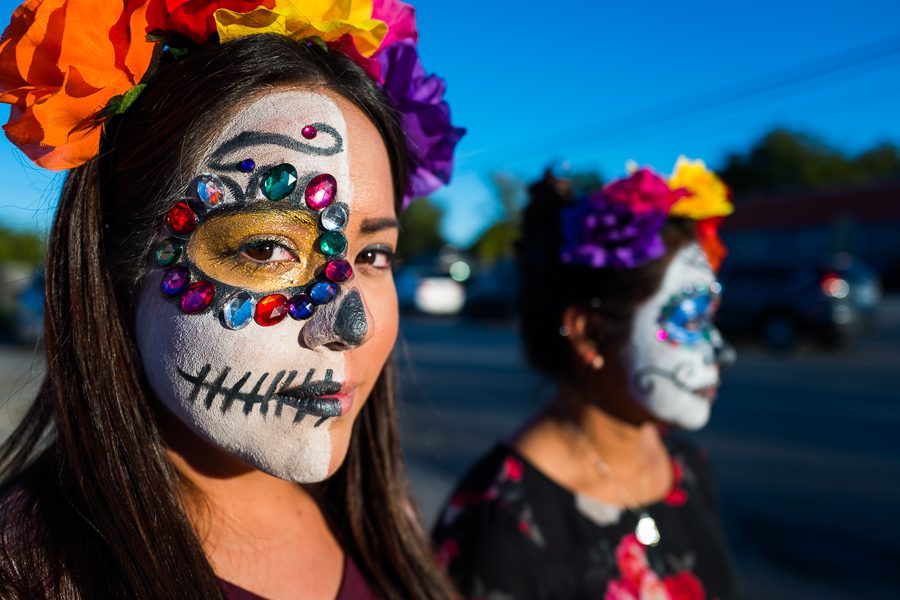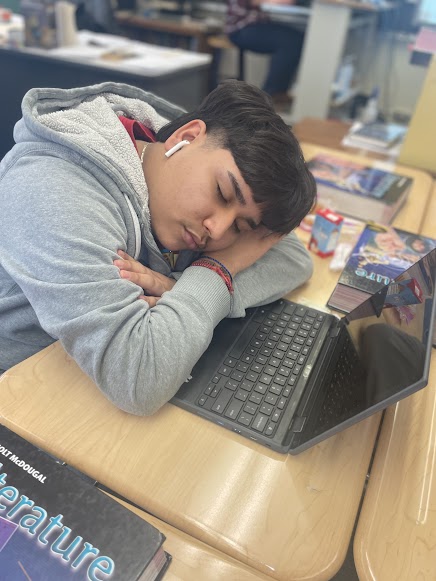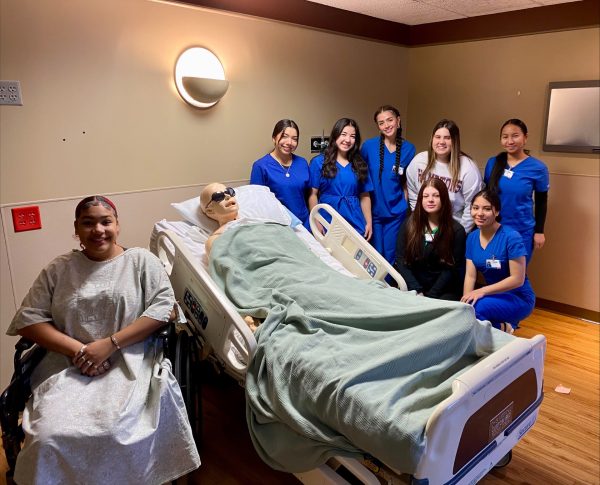Recognizing the other holidays & customs within Guilford
January 2, 2018
The long-awaited holiday season is finally here, and while some may be looking forward to a great dinner on Thanksgiving or bringing the new year in with a list of resolutions and loved ones, it’s worthwhile to learn about the rich customs and holidays that some of our diverse classmates celebrate with their families during this time.
Eid al-Fitr means “festival of breaking the fast.” It is a holiday of the Muslim religion that marks the end of a fasting period which takes place for a month from sun up to sun down. Once the fasting is over it is followed by a feast. “Eid” begins with the first sighting of the new moon, usually sometime in late June, but the starting date varies every year and from country to country.
“Celebrating Eid is important to me because it’s the only thing I celebrate,” said Marquoya Polite, sophomore. “My family doesn’t celebrate birthdays, Halloween, Thanksgiving, no American holidays, so it means very much to me.”
Eid is infused with different traditions in different countries, but almost universally it centers around a large feast. In Syria, Muslim families will try to observe the festivities of Eid by meeting with friends and neighbors. They will eat a homemade pudding called ‘Mamounia’ which can be served hot or cold and is decorated with ground cinnamon and sliced almonds. In Yemen it is tradition to have lunch at the home of the head of the family. Bint Alsahan is made, which is a sweet cake, topped with honey and nigella seeds. Russia has a population of 16 million Muslims, the families enjoy Manti, which are dumplings filled with seasoned lamb or ground beef stuffing. (metro.co.uk)
“The way we celebrate Eid in my family is usually by having a big feast, followed with adults giving all the children money,” said Noor Abdulrahman, junior. “The money is usually what I look forward to most.”
Chuseok, the Korean Thanksgiving Day, is one of the biggest and most important holidays in Korea. Family members gather together at their homes to share food and stories and to hold memorial services called charye in honor of their ancestors. Koreans spend the holiday period with various entertainment and folk games including talchum (mask dances), ganggangsullae (Korean circle dance), and ssireum (traditional Korean wrestling). (english.visitkorea.or.kr)
“My family actually does not celebrate Chuseok; we, in fact, celebrate American holidays,” said Yuna Hwang, sophomore. “I don’t mind that we celebrate U.S holidays, but I would like celebrating Chuseok. I feel that I would have more of a connection to my culture.”
A holiday often confused with Halloween, is Dia De Los Muertos, which originated in Mexico The festivities begin on October 31st and go through November 2nd honoring loved ones who have died. Rather than treating it as dark and spooky, the holiday honors the dead with festivals and lively celebrations remembering happy times and memories instead of mourning losses. From October 31st to November 2nd people across Mexico clean relatives’ graves and decorate them with bright flowers, candles and things the deceased loved in life. They stay overnight in the cemetery and hold a vigil at their loved one’s grave. It is also very common to build an elaborately decorated altar in their home, known as ofrendas.
“The way I celebrate with my family is a bit different than from the way it is traditionally and commonly celebrated,” said Mitzy Benavides, senior and president of Somos Latinos. “Whatever way it may be celebrated, however, it is all connected to why this holiday was created, and that is to honor those who are no longer with us.”












